

Essex is a county rich in history, with its landscape dotted by numerous historical castles and buildings that tell the tale of England’s past. From the Norman invasions to the Tudor dynasty, these fortifications have played a vital role in the country’s history. Castles in Essex range from royal residences to defensive fortifications, each with its narrative and architectural charm, attracting history enthusiasts and tourists alike.
Touring the castles of Essex offers a journey through time, providing visitors with an opportunity to explore medieval battlements, ornate Tudor gates, and sprawling parklands. Conservation efforts have allowed these structures to endure the centuries, enabling the public to not only appreciate their historical significance but also to witness the stunning views and landscapes they were built to command. Whether standing amidst the romantic ruins or the well-preserved keeps, the experience of visiting Essex’s castles can be both educational and inspiring.
History of Castles in Essex
The history of castles in Essex is marked by Norman conquests, medieval development, Tudor refinement, and intriguing phases of decline and restoration.
Essex’s landscape was first punctuated with castles following the Norman invasion of England. The most notable early castle is the Norman keep at Hedingham, erected around 1130. This fortification showcases massive walls up to 12 feet thick, reflecting the defensive priorities of the time.
During the medieval period, Essex experienced significant expansion of fortifications. The iconic Colchester Castle, with a keep larger than that of the Tower of London, exemplifies the extensive use of castles as centers of administration and power, as well as military might.
The Tudor period did not see the construction of traditional castles in Essex, but rather the adaptation of existing structures. Fortifications such as Tilbury Fort were enhanced to counter perceived threats, such as the possibility of French invasion in the Victorian era.
With the advent of more modern warfare tactics, the military relevance of castles in Essex waned, leading to their decline. However, many have been restored and are now celebrated as cultural landmarks and tourist attractions, such as Hedingham Castle, which sits on a site potentially occupied by an earlier fortification dating back to the 11th or 12th century.
Famous Castles in Essex
Essex is home to some of the most historically significant castles in England, each with its own unique story. These fortified structures have withstood the test of time and continue to be points of interest for visitors and historians alike.
Clavering Castle
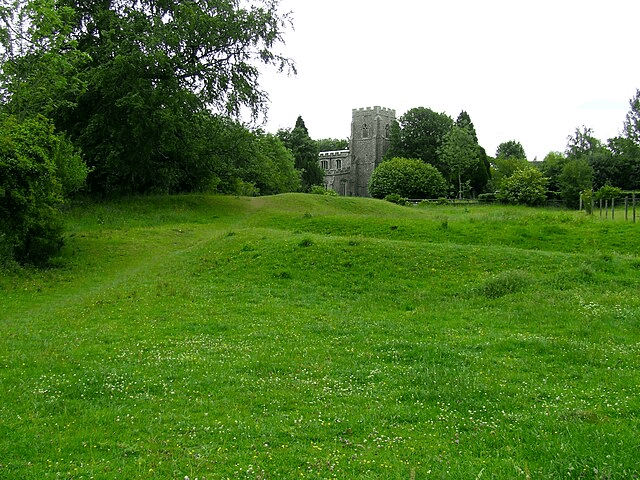
Clavering Castle is a medieval fortification located in the village of Clavering in Essex, England. The castle is situated 50m north of the church of St Mary and St Clement on the southern bank of the River Stort, approximately 10 kilometers north of Bishop’s Stortford. The castle was built in the early medieval period, and it is believed to have been constructed before or after the Norman conquest of England.
The castle was the caput, or main administrative center, for the estates of Robert Fitz-Wimarc. Today, only earthworks remain of what was originally a large moated site. The earthworks extend for 200m west of the castle, along the banks of the River Stort.
Clavering Castle is believed to date from pre-Norman times. The castle is identified as one of the castles to which the French party at Edward the Confessor’s court fled in 1052. If so, Clavering Castle would be of pre-Conquest date. The remains of the castle are now just ringworks and earthworks.
Notable sites in Clavering include Clavering Castle and the former Clavering guildhall, now known as The Bury. The former guildhall is a medieval Grade II* listed building.
Photo Author: Libby norman
Colchester Castle
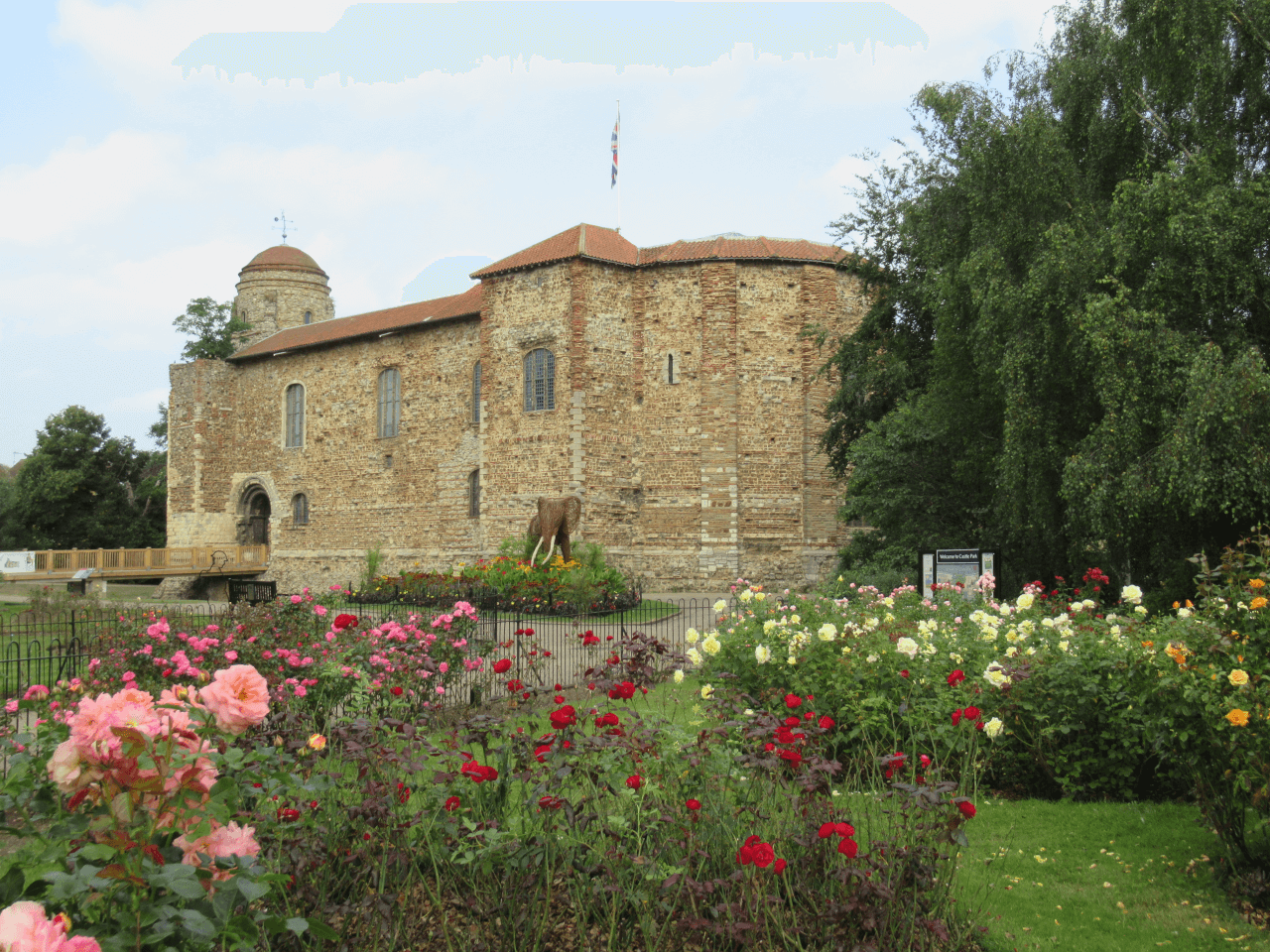
Colchester Castle is a magnificent Norman castle situated in the town of Colchester, Essex, England. The castle was built in the 11th century by William the Conqueror, making it the first stone castle in England. It is the largest example of its kind in Europe, and its keep is mostly intact. The castle was built on the foundation of the Roman Temple of Claudius, Colchester.
Colchester Castle has been used for various purposes throughout history, including a royal residence, a prison, and a military garrison. Today, it is open to the public as a museum and is one of the most popular tourist attractions in Essex [1].
Visitors to Colchester Castle can explore the castle’s fascinating history through interactive displays and exhibits. The castle museum houses a vast collection of artifacts, including Roman coins, pottery, and sculpture, and displays of medieval armor and weapons [1].
In addition to the museum, visitors can also explore the castle’s beautiful gardens. The castle grounds feature a variety of plants and flowers, as well as a tranquil pond and a children’s play area
Great Canfield Castle
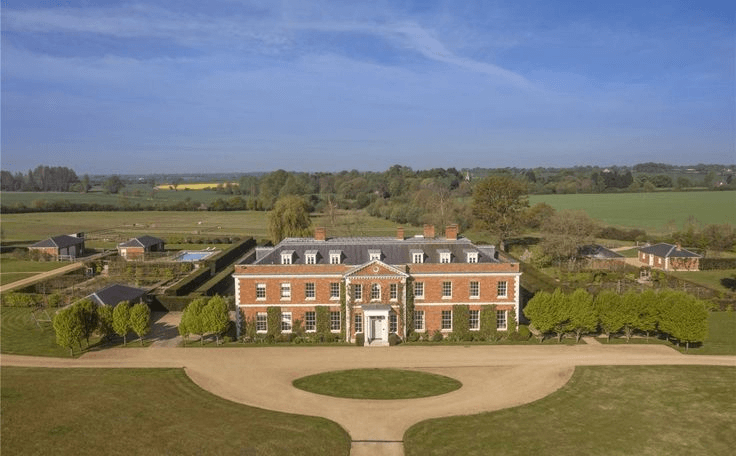
Great Canfield Castle is a historic motte-and-bailey castle located in the small village of Great Canfield, Essex, England. The castle was built by the de Veres, the lords of Canfield, in the late 11th or early 12th century. The castle was constructed on low ground near the River Roding and was originally made of timber.
The motte of Great Canfield Castle is 40 feet high and 280 feet in diameter at the base. The motte is protected by a 45 feet wide moat, and there is a bailey to the south of the motte. The bailey originally had a double rampart and ditch. The castle was strategically located near the River Roding, which provided a natural defense against enemy attacks.
Today, the castle is a popular tourist attraction and is open to the public. Visitors can explore the castle ruins and learn about the history of the castle and its former inhabitants. The castle offers a unique glimpse into the past and is a must-visit destination for anyone interested in medieval history.
In addition to the castle, Great Canfield also has a parish church of St. Mary, which stands northwest of the castle on the southeast side of the parish. The church is another historic landmark in the village and is worth a visit for its beautiful architecture and rich history.
Hadleigh Castle
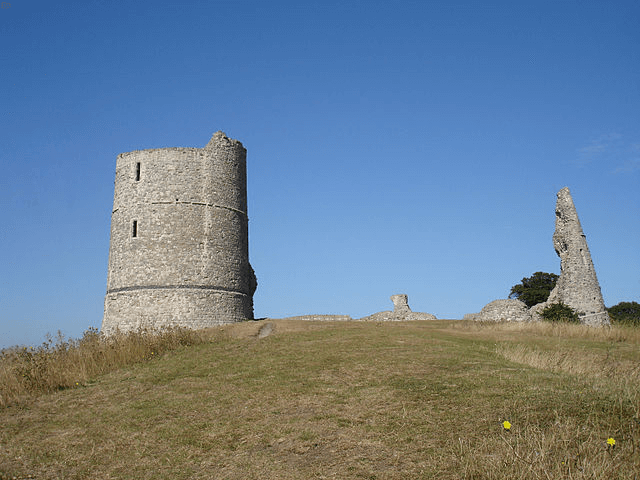
Hadleigh Castle is a ruined fortification located in the English county of Essex. The castle was built after 1215 during the reign of Henry III by Hubert de Burgh, but was extensively refortified by Edward III during the Hundred Years War, becoming a favourite residence of the ageing king. The castle played a vital economic and defensive role at that time.
The castle overlooks the Thames Estuary from south of the town of Hadleigh, and is surrounded by parkland. It is now preserved by English Heritage as a grade 1 listed building. Visitors can explore the ruins of the castle and enjoy stunning views of the estuary.
One of the most prominent historical landmarks in Essex, Hadleigh Castle is a popular destination for history enthusiasts and nature lovers alike. The castle’s ruins are a testament to the architectural skills of the medieval period. Visitors can view the remains of the Great Hall, the chapel, and the castle’s walls.
The castle has a fascinating history, and visitors can learn about its past through the various exhibits and information boards located throughout the site. The castle played a key role in the Hundred Years War, and was an important stronghold during the reign of Edward III. Today, it is a popular destination for tourists and locals alike, and a must-visit for anyone interested in history or architecture.
Hedingham Castle
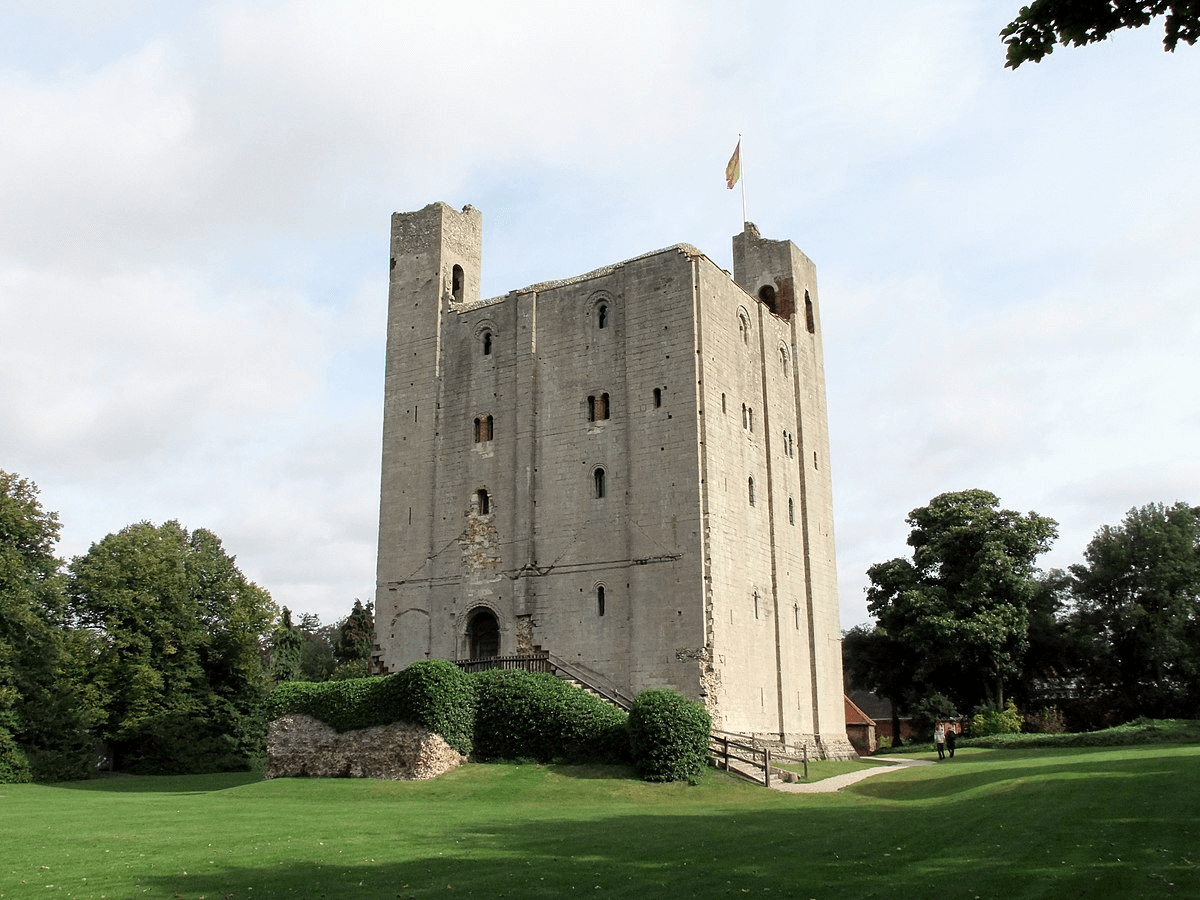
Hedingham Castle is a well-preserved Norman keep located in the village of Castle Hedingham in northern Essex, England. It is considered to be one of the best-preserved Norman keeps in England [1]. The castle fortifications and outbuildings were built around 1100, and the keep around 1140. However, the keep is the only major medieval structure that has survived, albeit less two turrets.
The castle was built by Aubrey de Vere I, who was granted the manor of Hedingham by William the Conqueror in recognition of his services during the Norman Conquest. The castle was subsequently expanded by his son, Aubrey de Vere II, and his grandson, Aubrey de Vere III, who was made the first Earl of Oxford by King Stephen in 1141.
Today, Hedingham Castle is open to the public and is a popular tourist attraction in Essex. Visitors can explore the castle keep, which features a number of exhibits on the history of the castle and the de Vere family. The castle also hosts a variety of events throughout the year, including medieval jousts, living history exhibits, and outdoor cinema screenings
In addition to its historical significance, Hedingham Castle is also known for its beautiful gardens and woodland areas. The castle grounds cover 160 acres and feature a variety of rare and exotic plants, as well as a number of walking trails and picnic areas.
Photo Author PAUL FARMER
Ongar Castle
Ongar Castle, also known as Chipping Ongar Castle, is a motte and bailey castle located in Chipping Ongar, Essex. The castle dates back to the late 11th or early 12th century and was originally built by the Normans. Today, only the earthworks and a single block of masonry remain.
The castle was constructed on a motte, which is a man-made mound, and surrounded by a wet ditch. The bailey, or enclosed courtyard, was located to the east of the motte. The castle was likely used as a residence for local lords and their families and as a stronghold for defense.
In the 13th century, the castle was granted to the Bishop of London and became a part of the Bishop’s Palace complex. The castle’s role as a defensive structure diminished and it was eventually abandoned in the 16th century.
Today, visitors can explore the earthworks and masonry remains of the castle and learn about its history. The castle is a popular attraction for history enthusiasts and those interested in medieval architecture.
Pleshey Castle
Pleshey Castle is a historic castle located in the village of Pleshey in Essex, England. The castle was built in the 11th century as a man-made motte and bailey castle by the de Mandeville family after the Norman Conquest. It is one of the best-preserved motte and bailey castles in England, and its medieval earthworks have survived intact thanks to their never having been rebuilt in stone.
The castle was rebuilt several times, and in 1295, Stephen Langton built the castle for his older brother Maurice Clare from the proceeds of their father’s estate. The castle was later passed down to the Crown and was used as a prison. During the reign of King Stephen, Geoffrey de Mandeville, the castle’s builder, was imprisoned in the castle.
In 1555, a moat was dug around the keep to protect against attack. Today, the castle is a popular tourist attraction and is open to the public. Visitors can explore the castle’s ruins, including the late 15th-century brick bridge over the motte moat.
The castle’s history is a reflection of the political power struggles that took place during the reign of King Stephen. The castle’s strategic location made it a valuable asset, and its ownership was fiercely contested. Despite being damaged during the English Civil War, the castle remains an impressive example of medieval architecture and a testament to the region’s rich history.
Rayleigh Castle
Rayleigh Castle, also known as Rayleigh Mount, was a masonry and timber castle built in the town of Rayleigh in Essex, England in the 11th century shortly after the Norman conquest. The castle was constructed on a natural hill, which was then leveled off to create a motte-and-bailey castle. It was built by Sweyn II of Denmark, who had been granted the manor of Rayleigh by William the Conqueror.
The castle was a strategically important site, as it was located near the Thames estuary and could be used to control access to London. The castle was used as a royal residence during the reign of King John, who stayed there in 1215. During the 13th century, the castle was expanded and a stone keep was added.
Today, all that exists of the castle are the earthwork remains of its large motte-and-bailey. The site is now a scheduled ancient monument and is managed by the National Trust. Visitors can explore the site and learn about the castle’s history through the information boards that are located around the site.
Rayleigh Castle is the only castle in Essex to be mentioned in the 1086 Domesday Book. It was given to the National Trust in 1923 by Edward Francis, and its archaeology is specially protected. The castle is an important historical site in Essex and provides a glimpse into the region’s rich history.
Stansted Mountfitchet Castle
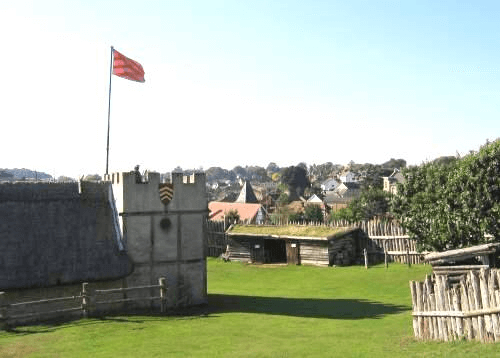
Stansted Mountfitchet Castle is a Norman ringwork and bailey fortification located in Stansted Mountfitchet, Essex, England. This historic site has played a significant role in the history of Essex and has been reconstructed on its original historic ancient site. The castle is complete with many different buildings, interactive exhibits, siege weapons, and animals roaming freely throughout the 10-acre site, providing a unique insight into community life in Domesday England.
The original castle was probably built in the early 11th century and belonged to the Mountfitchet family. It was destroyed in 1215 when it was held by Richard de Mountfitchet. The castle was rebuilt in the 14th century and was used as a residence until the 16th century. The castle has been restored and opened as a living history museum, providing visitors with a glimpse of life in medieval England.
Visitors to Stansted Mountfitchet Castle can explore the castle’s interior, which has been reconstructed with free-roaming chickens, and learn about the castle’s history through interactive exhibits. The castle also features a siege weapons display, where visitors can see and learn about the different types of weapons used during medieval times.
Photo Author William Brim
Walden Castle
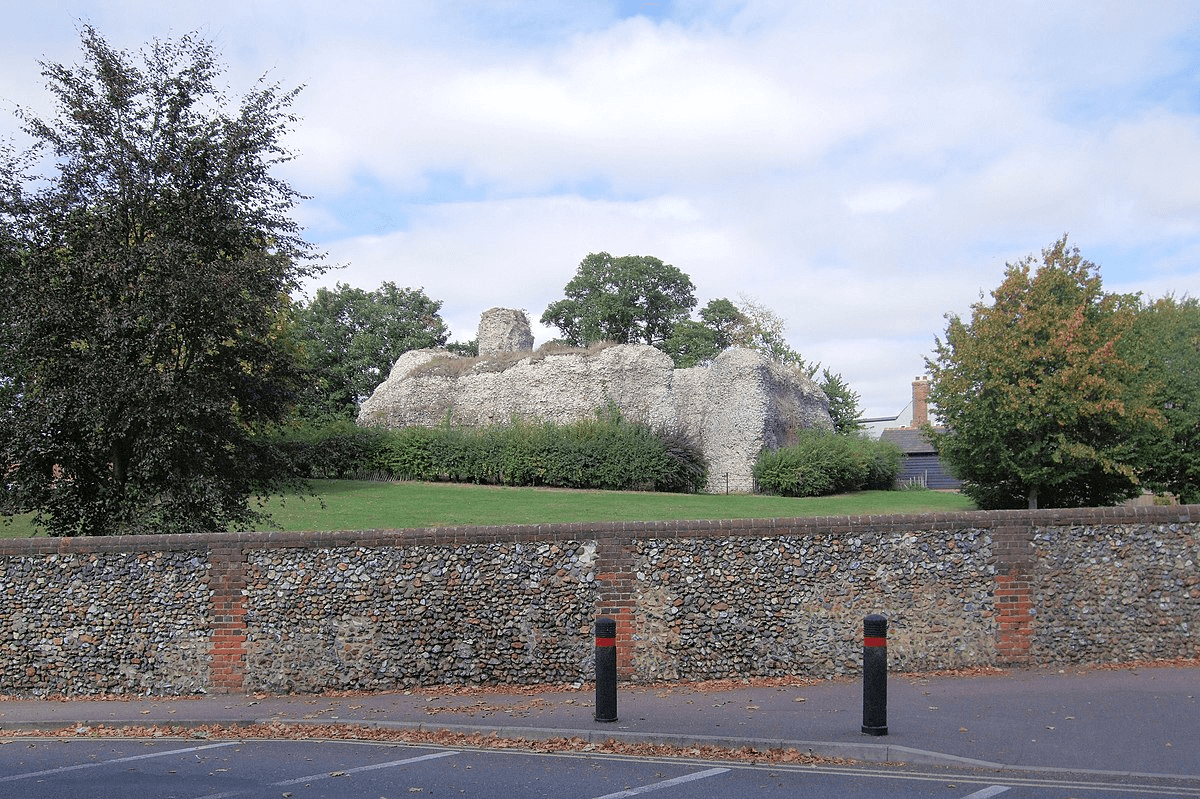
Walden Castle is a 12th-century castle located in the town of Saffron Walden in Essex, England. It was built by Geoffrey de Mandeville, Earl of Essex, during the civil war known as the Anarchy. The castle was built as a part of the Earl’s strategy to reinforce his power across the region.
The castle was constructed between 1141 and 1143 and is one of several castles built by de Mandeville. The castle was built using timber and earthworks, and it had a motte and bailey design. The castle was later rebuilt using stone in the 12th century.
Walden Castle played a significant role in the Anarchy, as it was used as a base for the Earl’s operations. The castle was also used as a prison for King Stephen, who was captured by de Mandeville during the war.
Today, the castle is in ruins, and only a few sections of the wall and the motte remain. The castle is a popular tourist attraction and is open to the public. Visitors can explore the ruins of the castle and learn about its history at the on-site museum.
Photo Author Jim Linwood
Castles as Tourist Attractions
Essex boasts several historic castles that serve as prominent tourist attractions, offering public access, tours, educational programs, and venues for various events.
Public Access and Tours
Essex castles provide an immersive glimpse into England’s medieval past through guided and self-guided tours. For instance, visitors can explore the well-preserved Norman keep at Hedingham Castle, which stands as a testament to 12th-century architecture and design.
Educational Programs
Many castles in Essex engage visitors with informative educational programs that detail the sites’ historical significance. Hadleigh Castle often serves as an educational resource, with its remains providing insights into the unique enclosure style castle of the region.
Event Hosting
Castles in Essex are sought-after venues for events, ranging from weddings to corporate gatherings. The majestic settings of these castles, such as the grandeur of Hedingham Castle, provide a picturesque backdrop that enhances any occasion.
Conservation and Preservation
The sustainability of Essex’s historic structures is heavily reliant on ongoing restoration projects, vigilant heritage organizations, and robust legal protections.
Restoration Projects
Restoration initiatives in Essex demonstrate a commitment to maintaining the integrity and authenticity of these historic landmarks. For example, the circular fort at Harwich, built in 1808, has seen work to preserve its unique structure for public education and enjoyment.
Heritage Organizations
Organizations such as English Heritage and the National Trust play crucial roles in safeguarding Essex’s castles. They monitor the condition of these sites, provide funding for repairs, and ensure that conservation practices meet the highest standards.
Legal Protections
Historic buildings in Essex are often protected by law. For instance, Hedingham Castle and other significant structures are listed under the Planning (Listed Buildings and Conservation Areas) Act 1990, which ensures any changes preserve the building’s character.
The Role of Castles in Local Culture
Castles in Essex play a pivotal role in enriching local culture through their historical significance and influence in literature, their embodiment of community identity, and contributions to the local economy.
Literature and Folklore
The lore and intrigue surrounding Essex’s castles have seeped into literature, becoming settings for countless tales. Stansted Mountfitchet Castle, with its storied past, is woven into narratives that echo the medieval life once bustling within its walls. The castle’s history, involving villagers repurposing its stones, has inspired many local stories and contributes to the regional folklore.
Community Identity
Castles serve as landmarks of community identity, anchoring towns to a shared heritage. For example, Hedingham Castle’s imposing Norman keep stands as a testament to the village of Castle Hedingham’s historical grandeur, shaping local pride and contributing to the community’s unique character.
Economic Impact
On an economic front, castles generate revenue through tourism, with sites like Colchester Castle attracting visitors from far and wide. By preserving the architectural heritage and offering an authentic glimpse into history, these castles provide an economic boon to their locales. Additionally, events and reenactments hosted at these sites stimulate local businesses, resulting in a noticeable economic impact.

